Lithium and Rare Earth Minerals
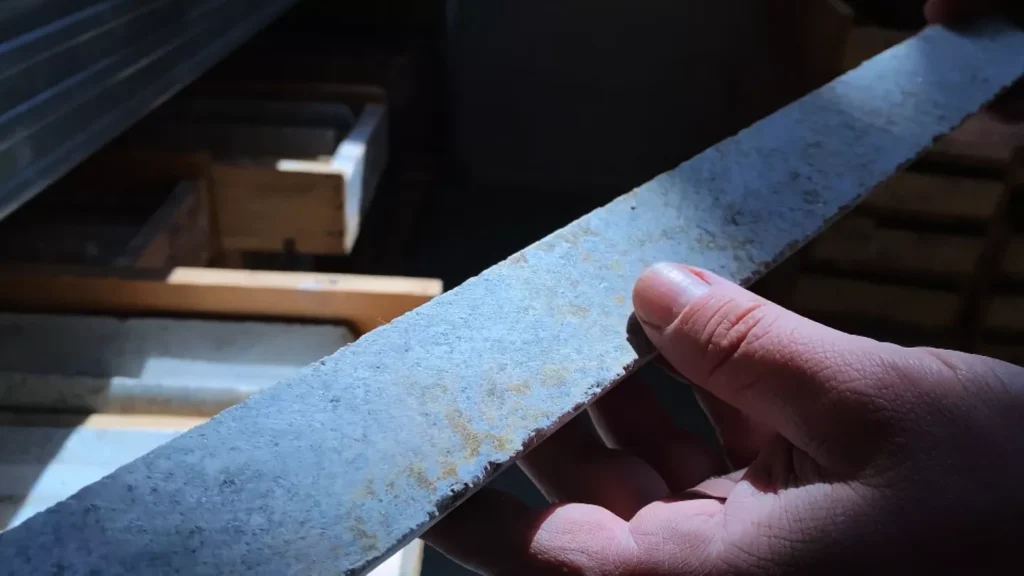
While lithium and rare earth minerals are both critical to modern technology and the clean energy transition, they are chemically and geologically distinct. However, they are often discussed together due to their strategic importance in electric vehicles, renewable energy systems, and high-tech manufacturing.
Here’s a detailed breakdown of lithium as a critical mineral, its relationship with rare earth elements (REEs), and how they are used in industry.
1. What Are Rare Earth Minerals?
Rare earth minerals refer to a group of 17 chemically similar elements, including:
- The 15 Lanthanides (atomic numbers 57–71 on the periodic table)
- Scandium (Sc) and Yttrium (Y), which share similar properties
Despite the name, these elements are not actually rare in the Earth’s crust, but they are difficult to mine and separate due to their geochemical similarity.
| Rare Earth Elements (REEs) |
|---|
| Lanthanum (La) |
| Cerium (Ce) |
| Praseodymium (Pr) |
| Neodymium (Nd) |
| Promethium (Pm) |
| Samarium (Sm) |
| Europium (Eu) |
| Gadolinium (Gd) |
| Terbium (Tb) |
| Dysprosium (Dy) |
| Holmium (Ho) |
| Erbium (Er) |
| Thulium (Tm) |
| Ytterbium (Yb) |
| Lutetium (Lu) |
| Scandium (Sc) |
| Yttrium (Y) |
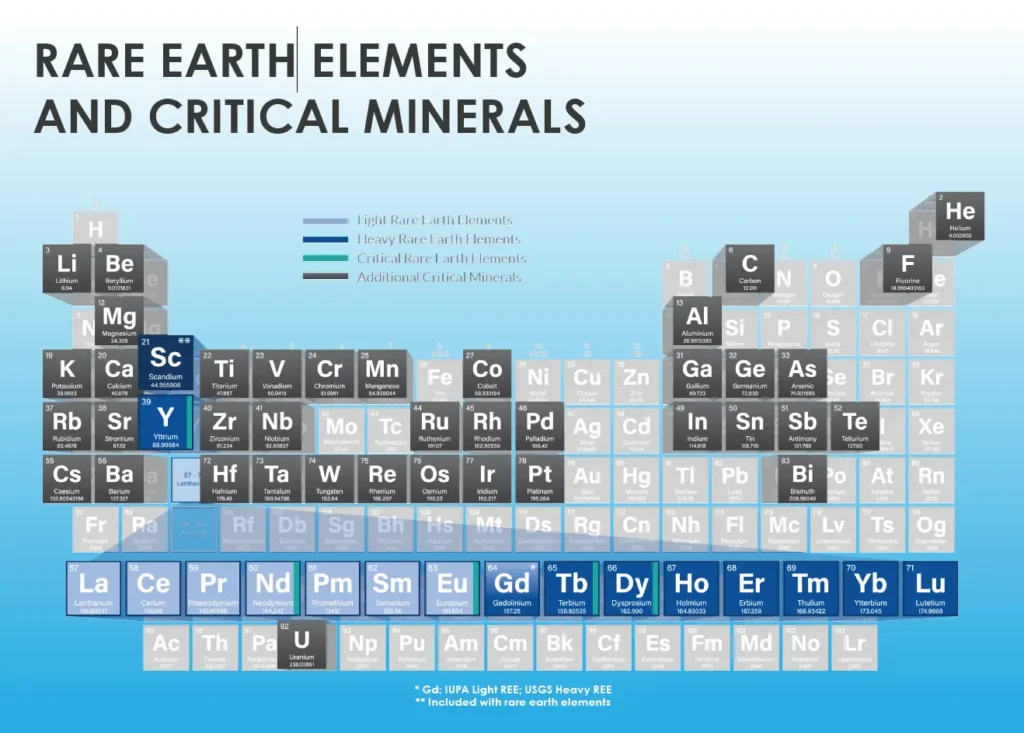
2. Is Lithium a Rare Earth Mineral?
No, lithium is not classified as a rare earth mineral. While both lithium and rare earths are considered critical minerals, they differ in:
| Feature | Lithium (Li) | Rare Earth Elements (REEs) |
|---|---|---|
| Atomic Number | 3 | 57–71 (lanthanides) |
| Chemical Classification | Alkali metal | Lanthanides and similar |
| Primary Use | Batteries, glass, ceramics | Magnets, catalysts, electronics |
| Typical Minerals | Spodumene, lepidolite | Monazite, bastnäsite, xenotime |
| Supply Chain Concerns | Yes, due to EV demand | Yes, due to China’s dominance |
Lithium is often grouped with rare earths in policy discussions due to their shared strategic importance, but they are distinct in chemistry and use.
3. Lithium vs Rare Earths in Technology
| Application | Lithium Use | Rare Earth Use |
|---|---|---|
| Electric Vehicles | Lithium-ion batteries | Neodymium and dysprosium in motors |
| Renewable Energy | Energy storage in batteries | Permanent magnets in wind turbines |
| Electronics | Battery power and thermal management | Components in screens, lasers, and sensors |
| Defense & Aerospace | Lightweight alloys and batteries | Guidance systems, radar, and sensors |
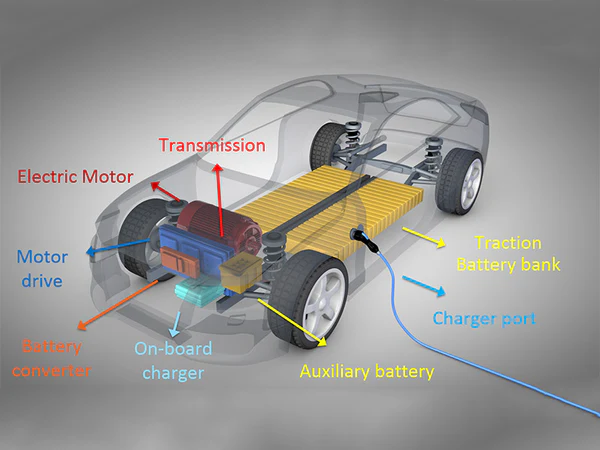
4. Lithium and Rare Earth Minerals in the Supply Chain
Both lithium and rare earths are classified as critical minerals by the U.S., EU, and other governments due to their economic importance and supply risk.
Lithium Supply Chain
- Top producers: Australia (hard rock), Chile (brines), Argentina, China
- Processing hub: China dominates refining of lithium ore into battery-grade materials
Rare Earth Supply Chain
- Top producers: China (by far the largest), U.S. (Mountain Pass), Myanmar, Australia
- Processing hub: China controls over 80% of global refining and separation
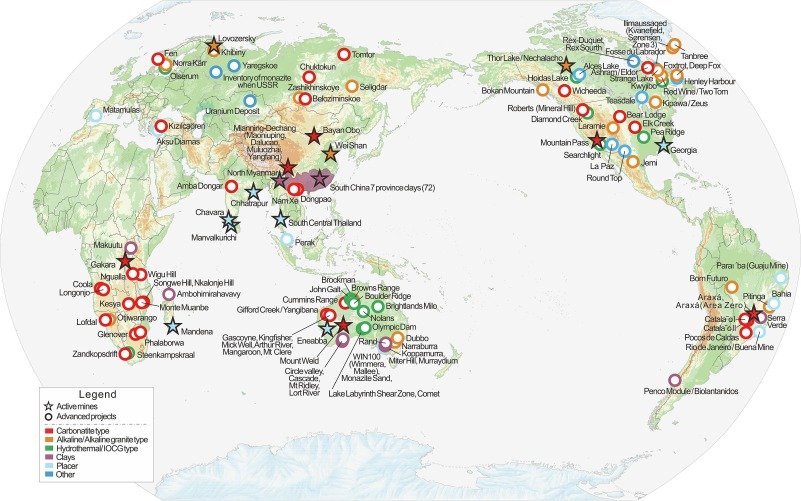
5. Geopolitical and Strategic Importance
Both lithium and rare earth minerals are strategically important due to their use in green technologies and national defense. Countries are increasingly seeking to diversify supply chains and develop domestic sources to reduce dependence on a few key producers.
- U.S. and EU efforts: Investing in domestic mining and processing capabilities
- Canada, Australia, and Africa: Emerging as alternative sources for both lithium and REEs
- Recycling and innovation: Research into urban mining, battery recycling, and alternative materials
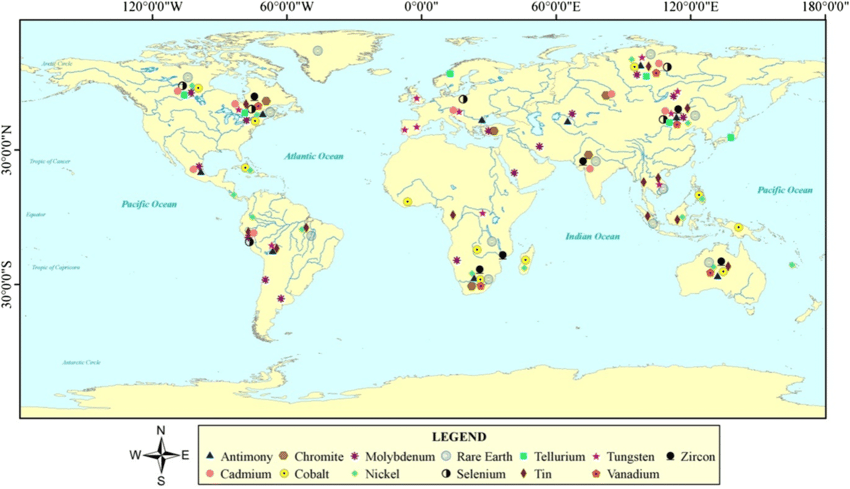
6. Common Lithium and Rare Earth Minerals
Lithium-Bearing Minerals
| Mineral | Chemical Formula | Notes |
|---|---|---|
| Spodumene | LiAlSi₂O₆ | Primary lithium ore, hard rock mining |
| Lepidolite | K(Li,Al)₃(Al,Si)₃O₁₀(F,OH)₂ | Mica mineral, also contains rubidium |
| Petalite | LiAlSi₄O₁₀ | Used in ceramics and as a secondary lithium source |
| Amblygonite | LiAl(PO₄)(F,OH) | Phosphate mineral with minor lithium content |
Rare Earth Minerals
| Mineral | Contains REEs | Notes |
|---|---|---|
| Monazite | Ce, La, Nd | Found in beach sands, also radioactive |
| Bastnäsite | Ce, La, Nd | Most common REE mineral, found in carbonatites |
| Xenotime | Y, Tb, Yb | Often found in pegmatites and placer deposits |
| Ion-adsorption clays | Various REEs | Source of heavy REEs, especially in China |
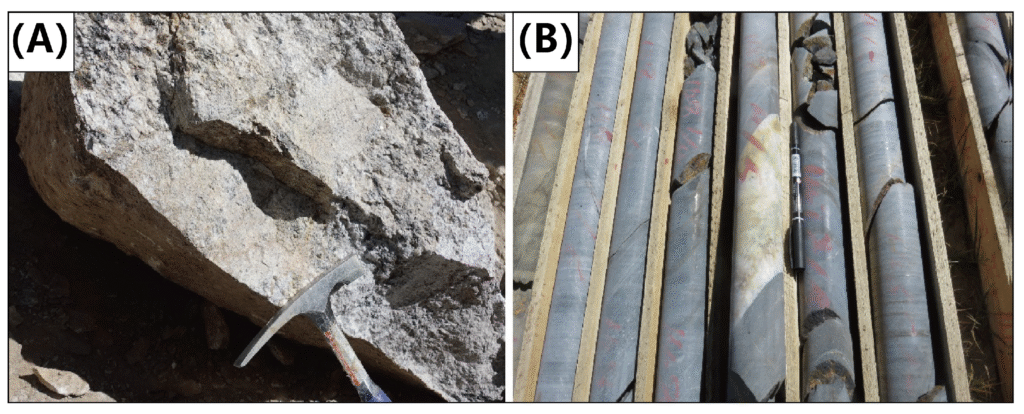
7. Environmental and Ethical Considerations
Both lithium and rare earth mining raise environmental and ethical concerns:
- Lithium mining: Water usage in brine operations, land use in hard rock and clay extraction
- Rare earth mining: Radioactive byproducts (e.g., thorium in monazite), heavy metal contamination
- Recycling: Still limited for both, but growing efforts in battery and magnet recycling
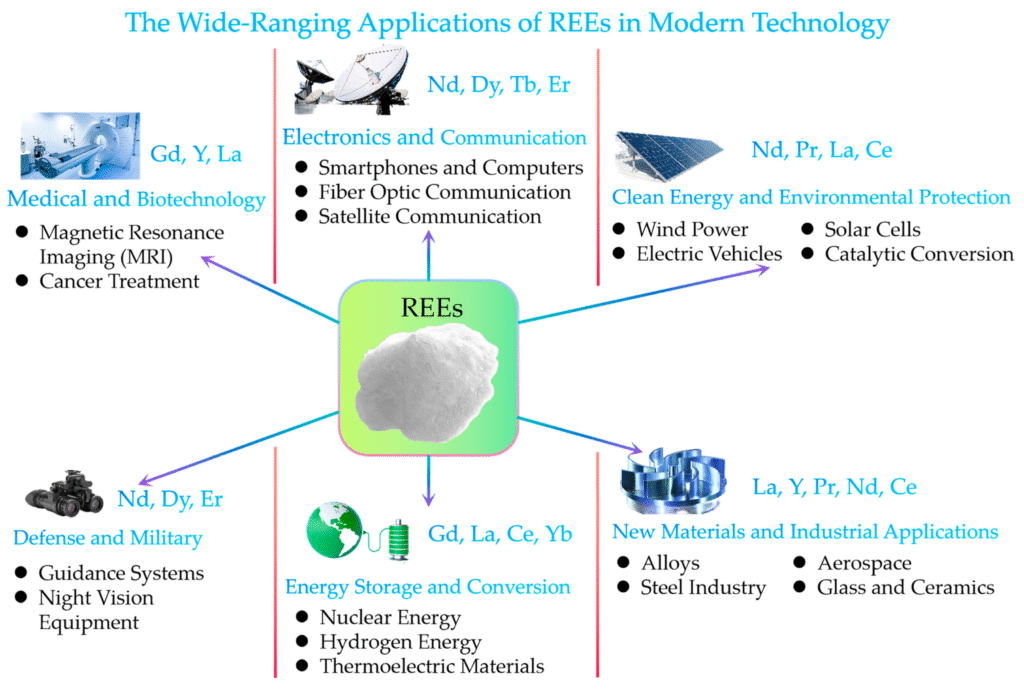
FAQs
Q1: Is lithium a rare earth mineral?
A1: No, lithium is an alkali metal, not a rare earth mineral. It differs in chemistry and application.
Q2: What rare earth minerals are most important?
A2: Neodymium (Nd) and dysprosium (Dy) are crucial for high-strength permanent magnets in EVs and wind turbines.
Q3: Why are lithium and rare earths both critical?
A3: Both are essential for clean energy technologies, electronics, and defense systems, with concentrated global supply chains.
Conclusion
While lithium is not a rare earth mineral, both are critical to the clean energy and high-tech industries. As global demand for electric vehicles, wind turbines, and advanced electronics grows, securing sustainable and diversified supplies of both lithium and rare earth minerals will be key to economic and technological independence.

